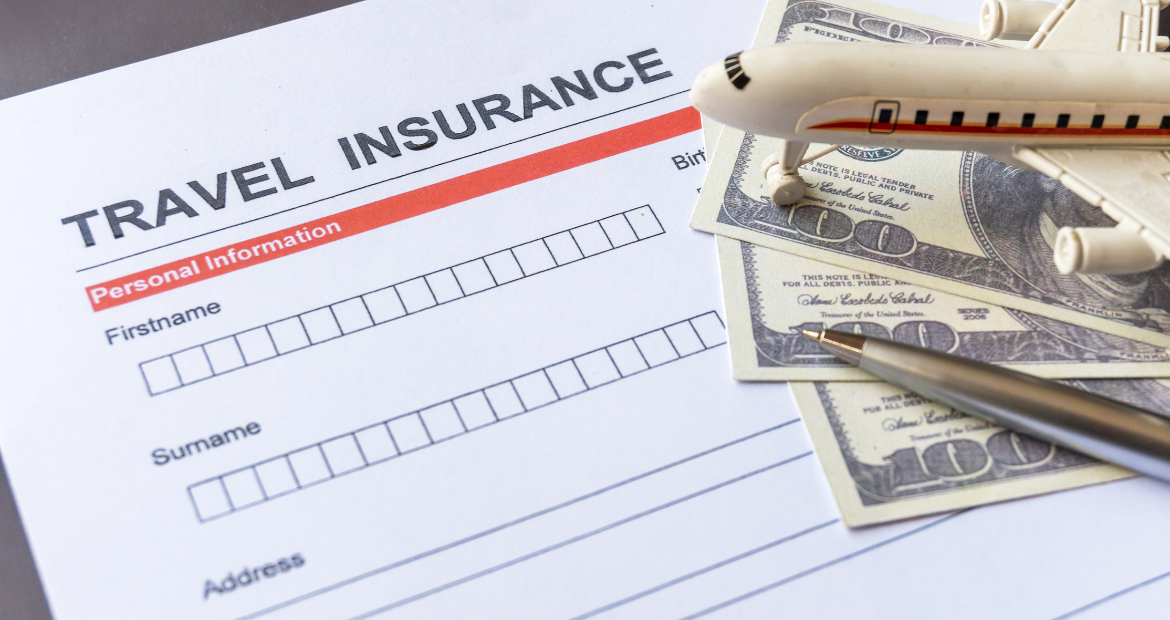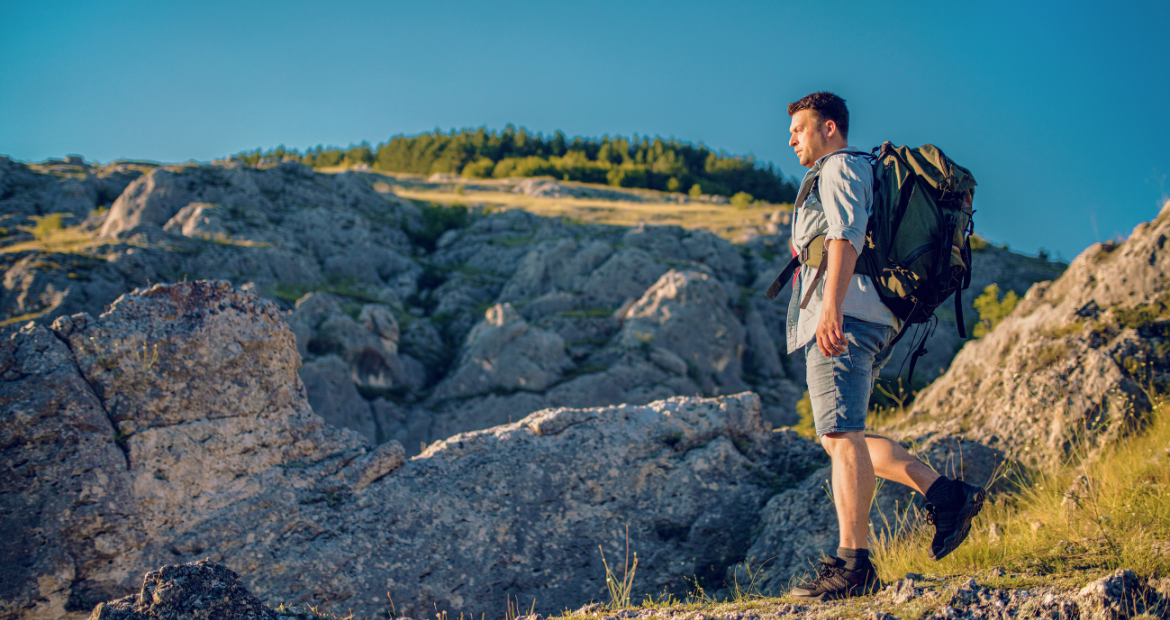Seeker for adventure
If you’re someone who lives for the thrill of outdoor adventures and high-adrenaline experiences, then you know travel is more than just sightseeing—it’s about pushing your limits and chasing unforgettable moments. But before you zipline through rainforests or dive into the ocean’s depths, have you ever stopped to wonder whether your travel insurance actually covers you?
A lot of travelers assume their regular travel insurance will protect them no matter what they’re doing. It feels safe to think that once you’ve purchased a policy, you’re covered for anything that happens during your trip. But the truth is, most basic travel insurance plans don’t cover what insurers call “high-risk” or “hazardous” activities. And unfortunately for adventure lovers, those words can apply to almost every activity that makes your heart race.
Why Regular Travel Insurance Isn’t Enough
When you buy a standard travel insurance policy, it usually covers the basics—trip cancellations, medical emergencies, lost luggage, and maybe even some flight delays. But once you start involving extreme sports or physically demanding activities, the safety net begins to disappear. Activities like paragliding, scuba diving, mountain biking, rock climbing, white-water rafting, or skiing are often listed in the exclusions section of a policy. That means if something happens while you’re doing these, the insurer might refuse to pay a single cent. What’s even trickier is that some policies might claim to cover sports or adventure travel, but in reality, only include low-risk ones like hiking or swimming. Without knowing it, many travelers head off into wild terrains or sign up for daring excursions, fully unaware that they’re not protected if something goes wrong.
What Adventure Travel Insurance Covers
Adventure travel insurance exists for a reason—it’s built specifically for people who crave action. This type of policy goes beyond the usual coverage, offering protection for emergency medical treatment, evacuations from remote locations, trip cancellations due to risky conditions, and even coverage for damaged or stolen adventure gear. Some policies even include search and rescue services, which can be incredibly expensive in mountainous or isolated regions. However, it’s not a one-size-fits-all situation. What one provider includes might be excluded by another. For instance, climbing up to a certain altitude might be fine, but go higher and you’ll need to purchase a special add-on. Similarly, scuba diving up to 30 meters might be covered, but anything deeper—especially without certification—might not be.
What You Might Not Realize Isn’t Covered
Just because you have an adventure travel policy doesn’t mean you’re protected in every scenario. There are always terms and conditions that can catch you off guard. Injuries that occur while under the influence of alcohol or drugs are almost always excluded. Participating in activities through unlicensed operators is another common reason claims get denied. So, if you’re jumping off a cliff with a sketchy tour company that doesn’t have proper credentials, you could be footing the medical bills yourself. Some insurers also won’t cover competitive or professional-level sports. If you’re entering a race, competition, or any kind of event where you’re being paid or sponsored, that’s a completely different level of risk and requires a different kind of coverage. And then there are altitude limits for mountain climbers—once you go above a certain height, even if you’re insured, you might not be covered anymore unless you’ve upgraded your policy.

Travel Insurance Form
How to Make Sure You’re Actually Covered
Before you book that next wild expedition, take a moment to review your insurance options carefully. Look for providers who specialize in adventure travel and clearly list the activities they cover. If you’re unsure whether something is included, always ask—don’t assume. Read the fine print, especially the exclusions section, and see if your chosen activities require additional riders or extensions. It’s also smart to keep proof that your guides or operators are certified and licensed. In case you do have to file a claim, this documentation can support your case. And if you’re traveling frequently, consider an annual multi-trip policy that includes adventure coverage. It could end up saving you money in the long run.
The Hidden Value of Insuring Your Gear
For many adventure travelers, gear is a big investment. Whether it’s a professional drone for capturing views, high-tech climbing equipment, or a wetsuit for surfing, the cost adds up quickly. Losing or damaging this gear can be frustrating and expensive, especially when it’s essential to your travel plans. Some adventure travel policies offer reimbursement or replacement coverage for lost or stolen gear. This is especially useful if you’re carrying it across multiple countries or using it in unpredictable conditions.
Planning Smart for High-Risk Travel
Adventure travel is about living life to the fullest, but it’s also about being smart with your safety. Having the right insurance doesn’t take away the risk, but it gives you the support you need when things go wrong. It means you’re not justify stranded with thousands in medical bills or ruined plans because your dream activity wasn’t covered. Some of the most trusted providers that cater to thrill-seekers include World Nomads, Allianz Global Assistance, IMG Global, and AXA Travel Insurance. These companies offer customizable plans, some of which are designed with adventure in mind. But always compare policies, and never buy just based on price alone. The cheapest plan may offer the least coverage when it matters most.
Conclusion
For adventure seekers, travel is about more than sightseeing—it’s about experiencing life in its rawest, most exciting form. But that excitement can come with risks. Without the right travel insurance, even the most carefully planned trip can turn into a financial and medical nightmare. So before you jump off that cliff, plunge into that cave, or scale that summit, ask yourself one important question: are you really covered?
By choosing the right insurance policy, reading the fine print, and preparing properly, you can chase adrenaline without fear. Adventure responsibly—because the best memories are the ones you come back home with, safely and fully covered.

 +18585990381
+18585990381




